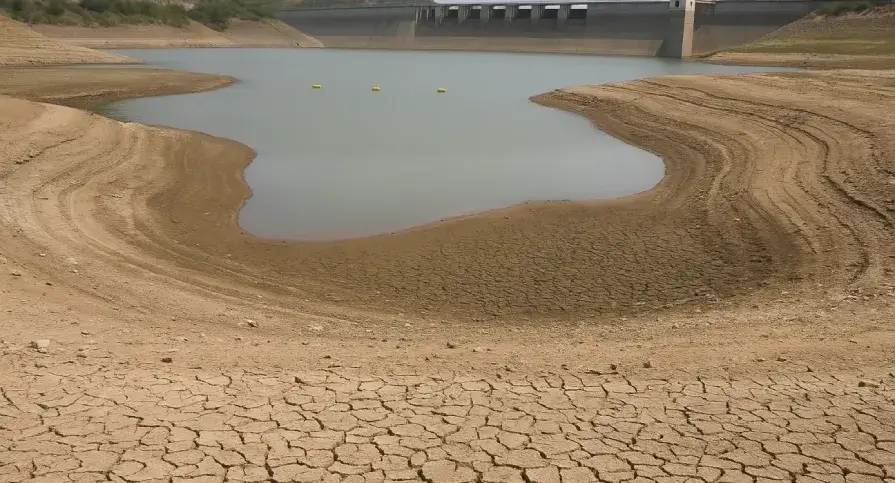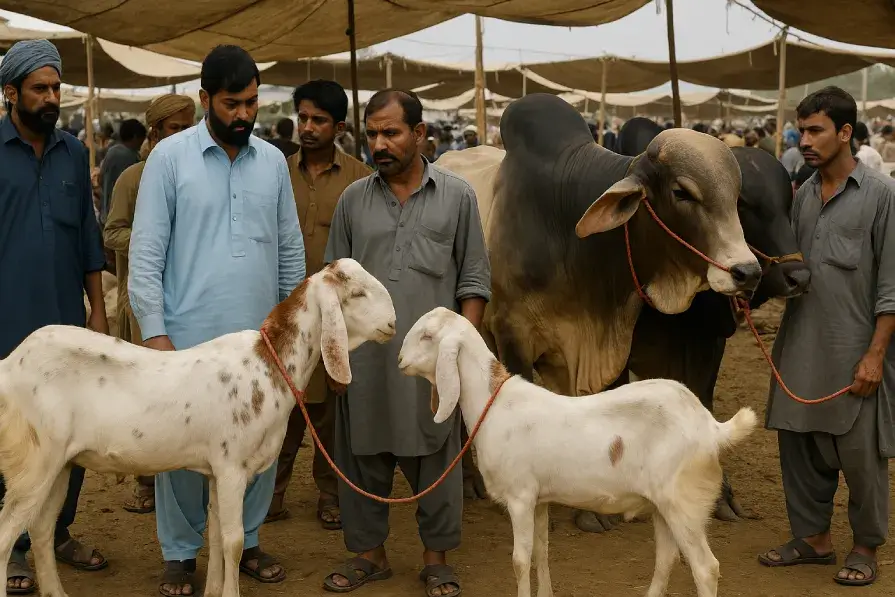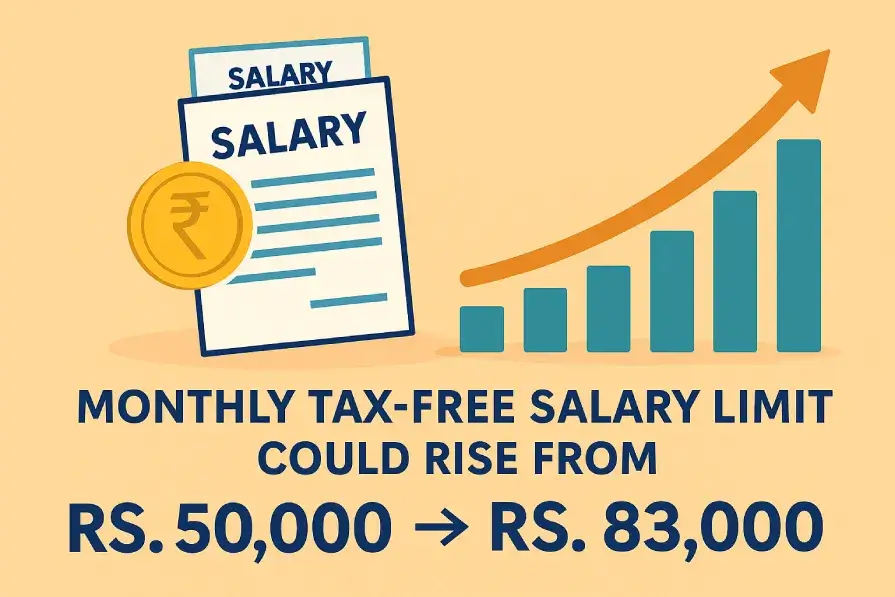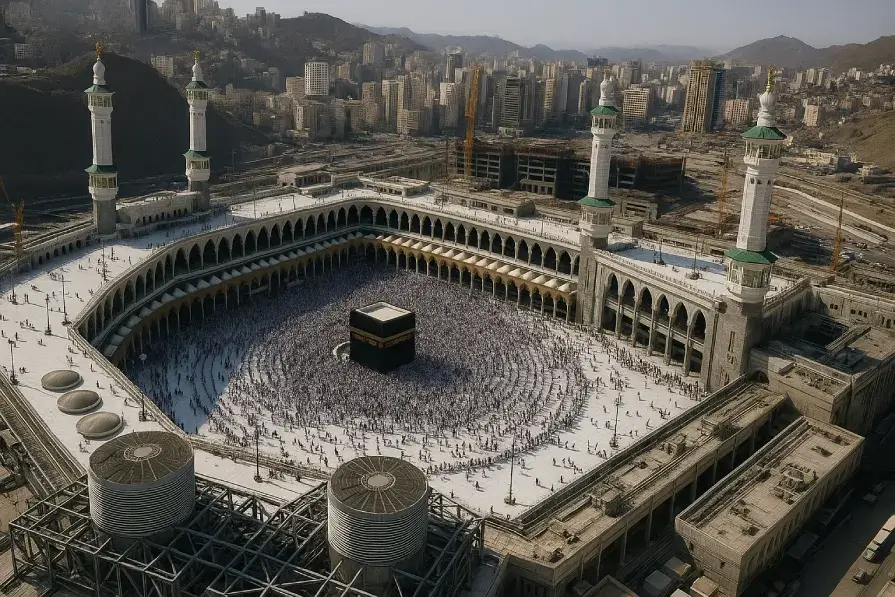Water Levels Drop Critically in Rawal, Simly, and Khanpur Dams Amid Drought

The water crisis in Islamabad and Rawalpindi is turning as dire as ever owing to the fact that the Rawal, Simly, and Khanpur Dams, which generate the entire water of the region, have reported healthiest slim inventories. The drought for several straight weeks has dragged down dam levels to trigger an official warning that the remaining water, might run out in just 40 to 45 days.
This has put the Water and Sanitation Authority (WASA) to come up with a water control plan as an urgent response. If the dry spell goes on severe water shortages in Islamabad and Rawalpindi can affect millions of residents by mid-may.
Rawalpindi’s Underground Water Hits Critical Level
The situation is really critical in Rawalpindi where the groundwater level is approaching below 700 foot. Just as much, a large number of tube wells are unable to pull water, placing neighborhoods into dryness for hours—or possibly even days at at any given moment.
Law abiding citizens in areas such as Satellite Town, Shamsabad and Dhoke Kala Khan are already facing irregular supply of water to their residences and are being forced to buy it from private water tankers. These tankers are in high demand and thereby causing the price to shoot up and clean water being out of reach of the poor.
WASA officials had cautioned that if not sufficient emergency rainfall arrived soon then most of Rawalpindi may have to face era of water rationing and rationed daily supply.
WASA Enforces Water Control Plan
To prevent the looming shortage, WASA put in place a Water Control Plan to reduce non-essential water consumption. Key measures include:
• Prohibition on car washing by dwellings and commercial cleaning stations
• Prohibiting lawn and garden watering
• Frozen water use for construction works
• Police against illegal water connections and theft
Field teams have begun inspections of neighborhoods, giving fines/disconnections as needed. These actions aim to be able to save what is left of the two major three dams.
Private Water Tankers See Surge in Demand
As public supply is cut off, they are depending on private tankers. An usual tanker which used to cost one thousand and fifty, is now touching over three thousand in many areas.
The run away price is being imposed upon to the lower middle-income folks, most particularly in areas with high-density population. As demand grows, the tanker industry is doing its newfound job a few tanker drivers, while the financial burden for households is afar.
Chahan Dam Project Accelerated
To mitigate the long term water supply problem, government directed working to expedite Chahan Dam Project. Once operational, this new dam could greatly decrease the reliance on old and overburdened Rawal, Simly, and Khanpur system.
As yet unfinished, the Chahan Dam is believed an important facet of Pakistan’s water rendering strategy in particular with respect to the Potohar region. But experts say that relief in immediate terms from the project is not expected as the dam would take another year for becoming operational.
Relief Measures for Affected Communities
In light of the worsening crisis, WASA has committed to deliver free water tankers to the affected communities. This includes Islamabad sectors and Rawalpindi colonies already suffering from extreme shortages.
Meanwhile authorities are asking the public to inform the authorities about water wastage and theft so swift actions can be taken.
A Broader Problem: Climate Change and Urban Growth
Environmental specialists point out to the repeat water crisis in Pakistan is the combination of multiple factors—climate change, under-water management and quick city urbanisation.
The Islamabad-Rawalpindi metropolitan research has massively cultivated over the past decade, accumulating elevation on a depleted provision. Defect of modern rainwater harvesting systems and poor condition of pipelines are also the reasons of crisis.
Water Conservation Now a National Duty
Assertions from authorities and organizations dedicated to the preservation of the environment are stressing the importance of citizens practicing responsible water use in the face of this emergency. This includes:
• Fixing leaky faucets and pipes
• Using buckets instead of hoses
• Collecting rainwater for household use
• Avoiding unnecessary flushing or over-washing
Also launched are social media campaigns to raise awareness among residents on smart way of using water and misusing water.
What Happens Next?
A coming weeks big will be. If significant rain is not received, the dams may run low enough to be below safe operating levels. Authorities might have to resort to rotational water supply schemes or cancel service to areas less major.
At the same time, cloud seeding and artificial rain schemes are also being explored, however, these ideas are expensive and still in process of evaluation.
Pakistan Meteorological Department (PMD) has forecast moderate rain by mid-May but till that, the water emergency prevails.









